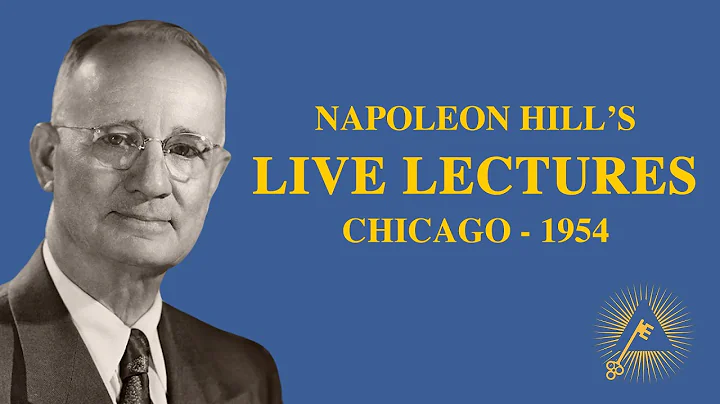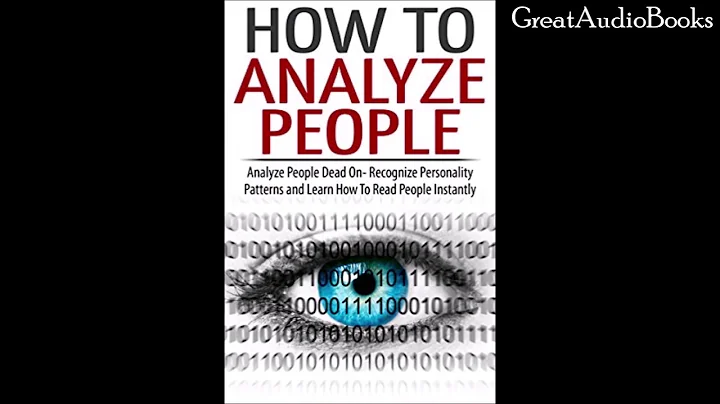Today I want to talk about some of my understanding of education and share with you
1. A brief discussion of psychology and non-violence
What is violence? Force, coercive power.
Whenever I see this word, my first reaction is to feel uncomfortable.
Many people have read Dr. Marshall's " Non-Violent Communication ". When we fade away the hidden mental violence , love will naturally reveal, and then we will naturally gain harmony and happiness. Non-violence is the password to open love and understanding. .

Violence in language, not to mention violence in behavior, causes immeasurable harm to people's bodies and minds. So from a psychological perspective, why do some people try to use violence to solve problems?
Because the violent solution seems simple, fast, and effective, in fact it is caused by a feeling of powerlessness in the heart, and there is no correct method .
For example: The mother said to the child: "It's so late, if you go out to play, you will never come back to this house again!"
The child ran away from home in anger. What he wanted to express was love, but the solution Problem?
What if we use non-violent communication? The child is now at ten o'clock in the evening, it is already dark, and there is no one outside now (tell the truth). If you go out, the mother feels a little worried (talk about the feelings), can we go and play at another time? Or maybe your mother will go down with you for a short walk? (Co-creation)
What would happen if you were a child?
Facts have proved that violence really cannot solve the problem, but may cause more serious problems.
The principle of educating children is the same as educating dogs. If the dog urinates on your expensive carpet because it can't hold it in, and you beat the dog and scold it, some dogs will do this as long as the owner doesn't see it. Peeing on the carpet, peeing on the owner’s bed, peeing on the owner’s shoes (everything with the owner’s smell)… One problem is not solved, but a new one appears.
We originally want to be a good parent and educate our children well so that they can grow up happily, so let's study together about positive non-violent education.

2. Positive guidance, reward correct behavior
As long as it is a behavior that will occur in the first place, no matter how rarely it occurs, you can use positive guidance to strengthen this behavior.
For example: In a class, only three students turned in their homework at first, and most of them didn't do it. The teacher praised their homework in public, and then slowly found that more and more people turned in their homework.
educates in an encouraging way by reinforcing good behavior. This kind of education can make the dog want to show or strengthen the behavior we want in the future, because the dog can get rewards for it, such as delicious food and petting. wait.
For example: when we go out to walk the dog, we want the dog to let go of the leash and run, but then it cannot be called back. Then we can use positive guidance. The first step: when the dog occasionally When the dog can look at us, we call him over, give him delicious food, and let him continue to play; second step: when the dog looks at us again, we call him over again and give him delicious food. , and then let him play; the third step: the dog will increase the number of times he comes back to us, using a variable frequency schedule. The behavioral response will only be strengthened after an unpredictable number of responses, that is, there is no fixed frequency, variable When to call him back and take the dog home.

3. elimination method , ignore wrong behavior
Let me first talk about an example about children: a teacher of my child once asked me a question, if you are a teacher, during class, the students do not listen and make small moves below, this time, what do you do? ...
Then he said: If it were me, I would quickly turn around, continue to say a few words, and then ask the child, did I understand it? Children usually can't speak, or they don't understand, so I will tell them again, and then interact with them to guide them to follow, and slowly they will become more and more focused.
When I finished listening, I was deeply inspired. What about dogs?
The principle of this education comes from the living habits of dogs. Dogs are social animals. If social animals do something wrong, they will be excluded from the group. Dogs cannot bear to be left out by the group, so they will try their best to avoid it. Doing things that make them excluded from the group, and if animals living in groups are left alone, they can easily become targets of attacks by other animals. Therefore, when dogs live in a human family, they will be like children and like to attract the attention of their owners. If there is no When he gets attention, he's at a loss for what to do.
ignore the dog’s bad behavior. This method usually causes the dog to avoid bad behavior in order not to be ignored.
For example: when a dog pounces on someone, we can turn around and ignore him. Then he turns in front of us, and we turn around again. This way, we let the dog know that he is like this, and we ignore him. If you don't like him attacking people, his behavior will continue to decrease and eventually disappear. This is also the extinction method in psychology.

4. Shaping method
What is shaping method? It refers to slowly adjusting a small behavior that tends to the right direction, changing only a little at a time, and advancing towards the final behavioral goal. This process has a proper name: continuous incremental method.
For example, suppose you want to train a dog to go to the toilet at a fixed point indoors. The first step is to place the dog toilet , and then if he accidentally touches it, reward him in time, and then this behavior will become more and more frequent. more; Step 2: If he steps on the dog toilet, reward him in time, and at the same time reduce the reward when he touches the toilet; Step 3: After eating and just waking up, the dog urinates and defecates the fastest, so when he steps on the toilet, After eating and waking up, guide the dog to stand on the dog toilet, and then reward him in time when he urinates on it, while reducing the reward for the second step; Step 4: Only if he is on the dog toilet correctly We only give rewards when peeing. Through the above four-step training, the dog learns to go to the toilet. This process is the continuous and progressive method, also called the shaping method.
What about children’s education? For example, if you want your child to study well, reward him when he does his homework seriously for the first time, and then use a continuous and gradual approach, and you may be able to get a college champion.

5. What is education?
Through correct education methods, dogs can be taught correct and good behaviors. Especially young dogs have very high learning abilities. The earlier the dog learns, the more successful he will be in receiving command training and social education. Prevention Better than treatment, the purpose of dog education is to minimize the probability of bad behavior in the future through effective learning, or even completely disappear, and replace it with what we consider to be good behavior. The earlier education begins, the more serious behavioral problems can be prevented in the future.

The above are just a few methods. There are many more methods. So what is your understanding of education? Welcome to leave a message in the comment area and let’s discuss it together.





















